Stuttgart is the capital and the largest city of the German state of Baden-Württemberg. It has a total population of 635,911 (December 2019) and is the sixth-largest city in Germany. It is also one of the largest metropolitan areas in Germany, having approximately 2.8 million inhabitants. Stuttgart is divided into 23 areas and is a vital economic and financial center.
The city area stretches over a difference in altitude of almost 350 m. The altitude ranges from 207 metres above sea level. It ranges from the Neckar basin in the North, to the Filder Plain and the foothills of the Schönbuch in the South. From Glemswald and the Gäu in the west to the slopes of the Schurwald forest in the east.
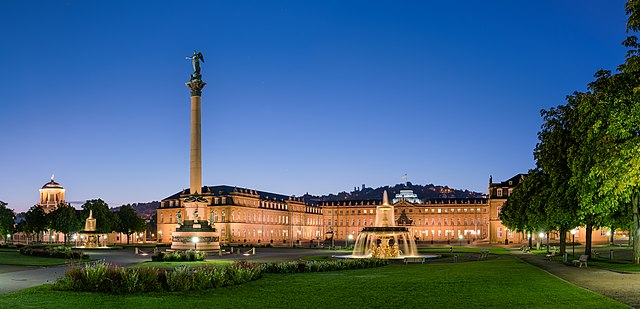
The 23 areas of Stuttgart are divided into 8 “outer” and five “inner” districts. These districts of the city are further divided into counties. The number of counties was determined by the amendment of the 1993 Constitution. It has a total of 152 counties.
Because the location of Stuttgart is in the broad valley basin and it has a dense construction, it is comparatively warm. Nearby areas like the Swabian-Franconian Forest, the Schurwald, the Swabian Alb and the heights of the Black Forest protects the entire region from the winds. Thus, making it possible to plant vineyards on the slopes of Stuttgart. It compromises about 2% of the city area and 423 hectares of vineyards.
The annual average temperature of the weather station Schnarrenberg in Stuttgart is 9.3 °C, in the Neckar Valley and 8.5 °C at the airport, and 10.6 °C in the city center. The city center mostly remains snow- and ice-free. Stuttgart receives one of the lowest-rainfall in Germany. The cloud rains on the Black Forest and Swabian Alb, thus, only dry air gets there.
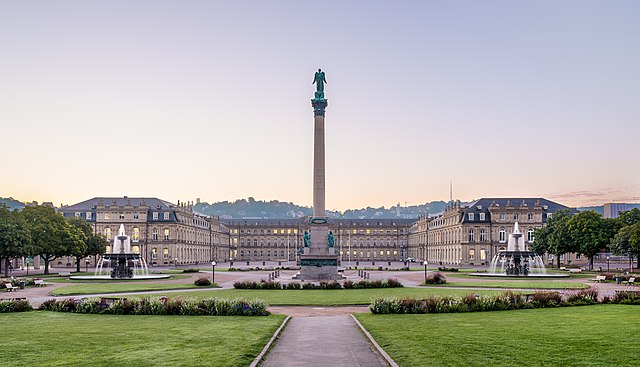
The state capital is a popular travel destination thanks to its wide range of offers. Stuttgart has been able to almost triple its number of overnight stays since 1995. In 2019 there were 4,086,683 guests (1995: 1,553,727). With such figures, tourism is an important economic factor for Stuttgart.
Visitors from all over the world ensure high sales in the hotel industry, retail, gastronomy, leisure and cultural institutions. There are currently around 171 accommodation establishments in Stuttgart. Most guests come from Germany, the USA, Switzerland and Italy.
Stuttgart and Its Sights
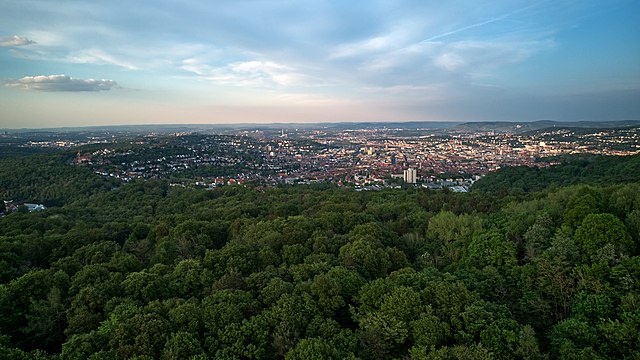
- The television tower in Stuttgart-Degerloch is probably one of the best-known sights in Stuttgart. Around 300,000 visitors climb the 216.6-meter high tower every year. There is no other place in Stuttgart where you can see the vineyard landscape of the Neckar Valley to the Black Forest and the Odenwald as impressive as from the television tower. The tower is also mentioned in the monument book of the city of Stuttgart since 1986 and is one of the landmarks of the state capital.
- The state capital of Stuttgart is often referred to as the Autostadt. The car manufacturers Porsche and Mercedes Benz are very present in the city. The Mercedes-Benz Museum is one of the most popular sights. Visitors can marvel at many exhibits witnessing 160 vehicles from 130 years of automotive history. In the Bad Cannstatt district, you will also find the two large sports and event venues, the Porsche Arena and the Mercedes-Benz Arena – home of the professional football club VfB Stuttgart.
- The main point of culture in the state capital of Baden-Württemberg is the Staatstheater Stuttgart. Drama, opera and ballet come together here. It is the world’s largest cultural institution considering the number of employees working here with three art departments. And the Stuttgart Ballet is also regarded as one of the best ensembles. Other theatres in Stuttgart: The Renitenztheater, the Forum Theatre and the Makal City Theatre.
- Stuttgart also has its hidden sights. The Swabian metropolis is considered to be very hilly. There are more than 400 stairs in the city area – the so-called Stäffele. They stretch over a total length of over 20 kilometres.
- The Tierpark Wilhelma is also a special attraction which is located in the Bad Cannstatt district of Stuttgart. A visit to the Swabian metropolis is a highlight, especially for children. With 1,200 species, the Wilhelma is one of the most species-rich animal parks in Germany after the Berlin Zoological Garden. There are also around 6,000 plant species that give the botanical area an extraordinary variety. A special feature of Wilhelma Zoo is the keeping of great apes. The gorilla kindergarten is a magnet for visitors in Stuttgart. Young animals from many European zoos find a new home here again and again.
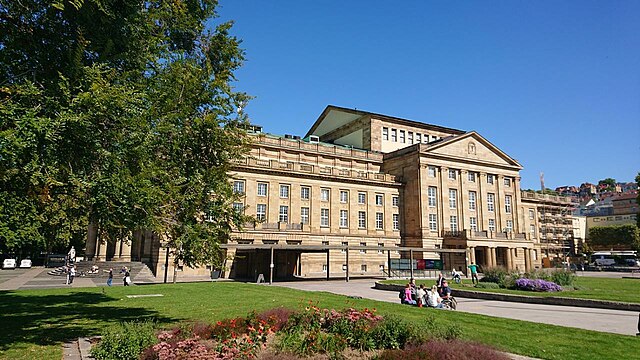
History of the city of Stuttgart
The name of the city of Stuttgart results from the term “Stutengarten” – a horse stud farm in the 10th century. It is believed that the town was founded between 926 and 948 by the construction of this stud farm, which was located in the Nesenbach valley about 5 km southwest of Altenburg.
The oldest settlement in today’s Stuttgart urban area was founded around 90 AD. To secure the traffic routes that converge here, a Roman cavalry fort was built, which was given the name “Castell Cannstatt”. In the years that followed, a settlement developed around this fort. A few decades later, the fort was relocated somewhat eastwards on the Limes, but the resulting settlements remained. Craftsmen and traders quickly recognized the opportunities that this traffic junction offered them. For example, a large brickworks was built, which produced all kinds of pottery and ceramics.
The Roman period finally ended around the year 260 AD, due to the Alemanni invasion. Although many settlements were destroyed and their inhabitants expelled in the course of this, the area of today’s Stuttgart state territory remained continuously populated in the following centuries. Here, too, one recognizes the importance of the strategically favorable location. The region gained further importance when the so-called Martinskirche was built on the site of today’s cemetery in the 7th century. Shortly after it was built, it was proclaimed the mother church for the entire region and was henceforth under the administration of the Diocese of Constance.
The city was finally founded at the beginning of the 13th century. In the course of this, the settlement around the stud came into the hands of the Margrave of Baden, who elevated it to the status of a town in 1219. A moated castle was built a few years later – also as an external sign of the newly gained status.
In 1495, Stuttgart finally became the duke’s house. In the decades and centuries that followed, there were repeated conflicts with other towns in the area, so that in 1565, a completely new town fortification was built, which now also included the suburbs.
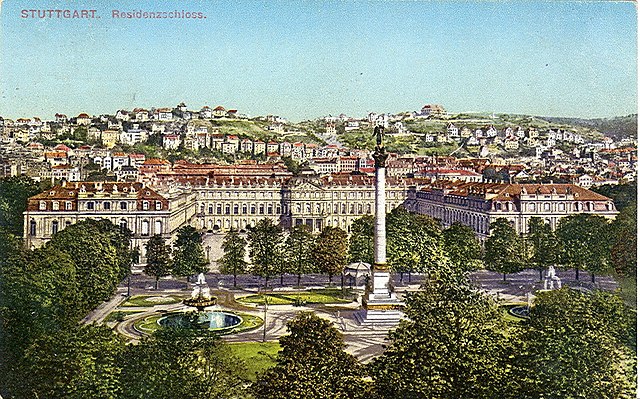
At the beginning of the 19th century, Stuttgart was made the capital of the Kingdom of Württemberg, which brought with it an enormous economic, political and religious upswing. Industrialization also began now, causing the population of Stuttgart to skyrocket. For example, the number of inhabitants more than doubled between 1834 and 1871.
Stuttgart experienced a historical turning point during the Second World War. Especially towards the end of the war, countless American air raids were flown against the city and more than 180,000 bombs were dropped in the course of this. Thousands of residents of Stuttgart did not survive the night bombs, and most of the houses and public buildings in the city were destroyed. Finally, on April 22, 1945, the city was occupied by American and French troops and thus conquered.
After the end of World War II, the city was declared part of the American occupation zone. In 1948, Stuttgart applied as the new capital for the new Federal Republic of Germany but failed due to the high financial burden. After the end of the war, Arnulf Klett was elected the new mayor of Stuttgart. In large parts, he dispensed with a historically correct reconstruction of important Stuttgart buildings, for example in the area of the market square. Instead, the ruins of the buildings destroyed in the war were almost completely removed and the material was deposited on the nearby Birkenkopf. A so-called Monte Scherbelino was created here – a mountain of rubble made up of millions of cubic metres of remains from the Second World War.
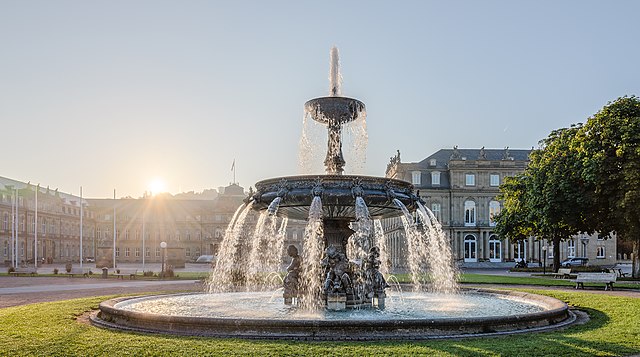
Finally, in the 1950s, countless expellees arrived in the city of Stuttgart, causing the population to grow by leaps and bounds. For comparison: Stuttgart originally had around 500,000 inhabitants, after the end of the war only a good half remained. But as early as 1962, the highest population level to date of 640,000 was reached. More and more guest workers also came to the capital of Baden-Württemberg, in particular as a result of the economic miracle and the resulting shortage of workers.
In the following decades, Stuttgart grew more and more into an important city in Germany. In this context, many traffic modifications were made in the 1970s. For example, on October 1, 1978, the new S-Bahn in Stuttgart began running as scheduled. Just one year later, almost 180 million passengers started using this new means of transport.